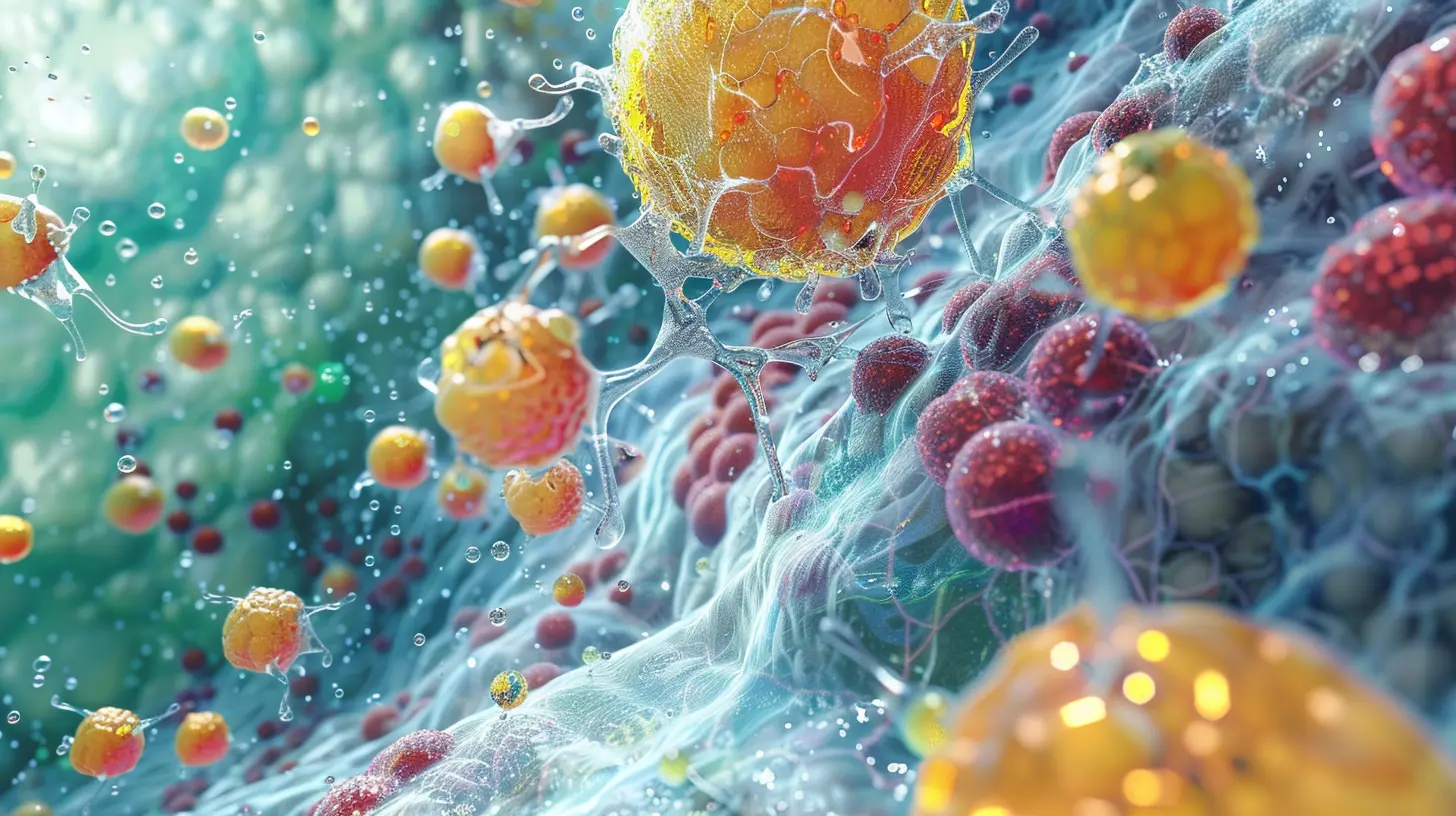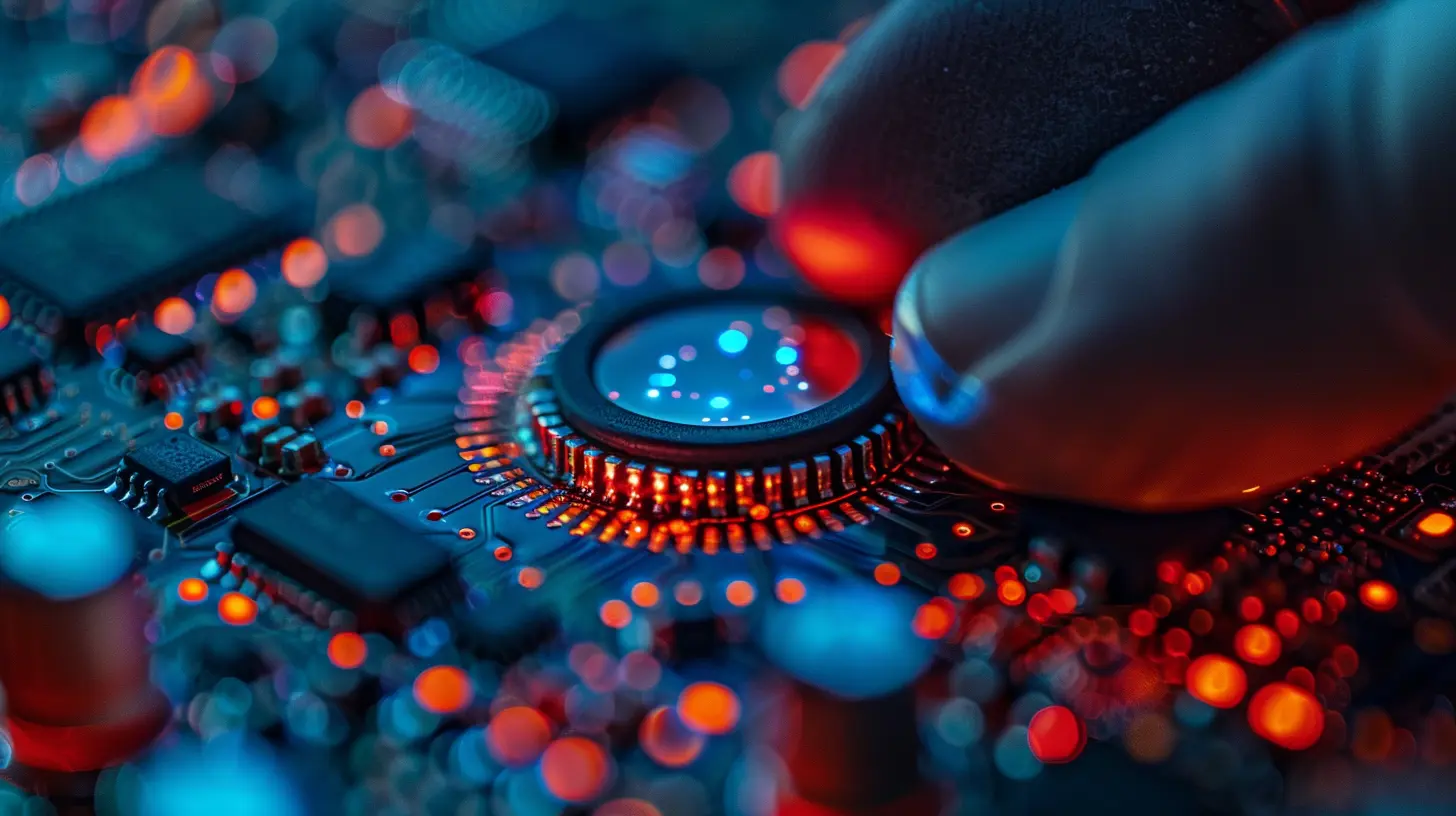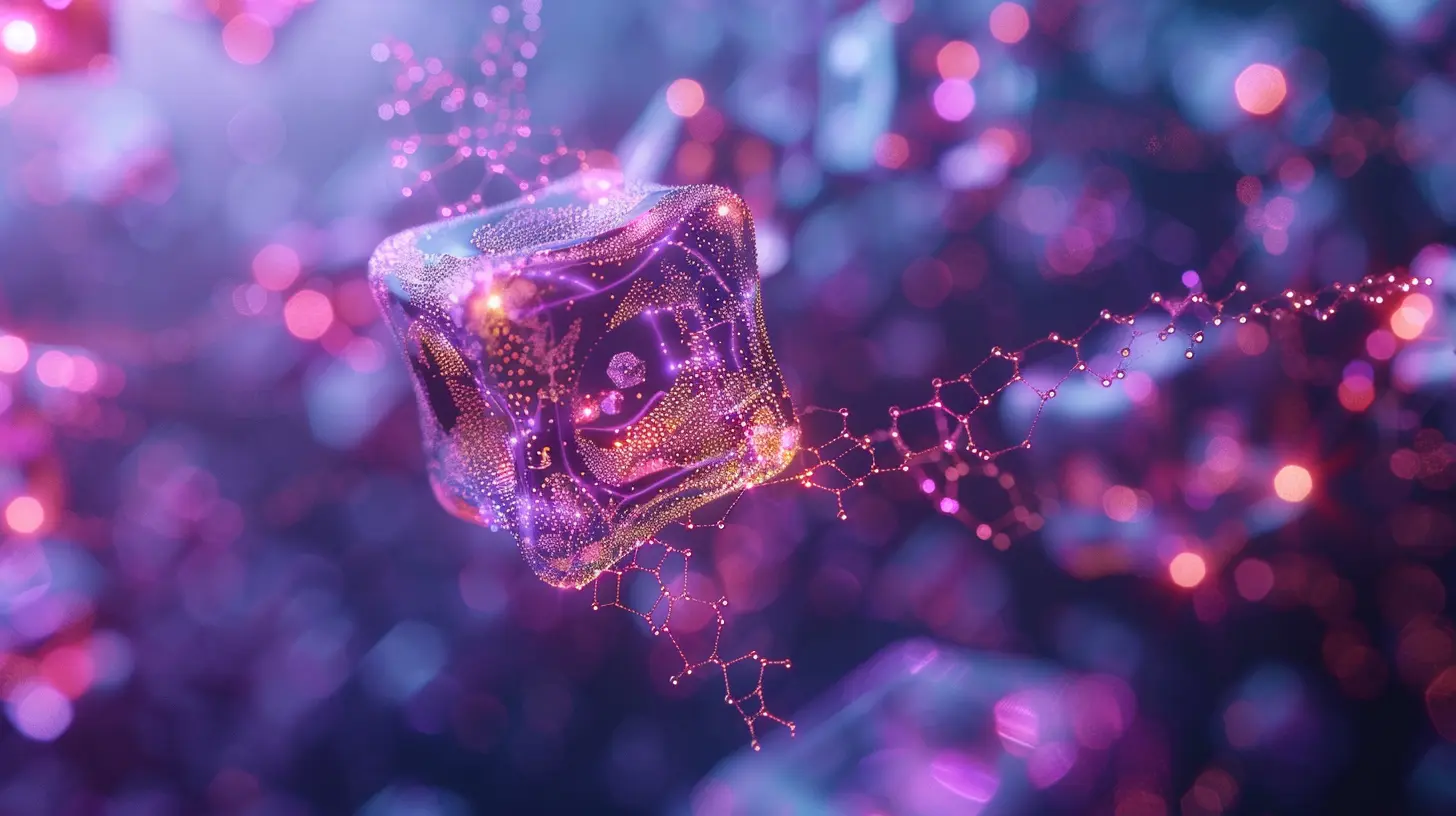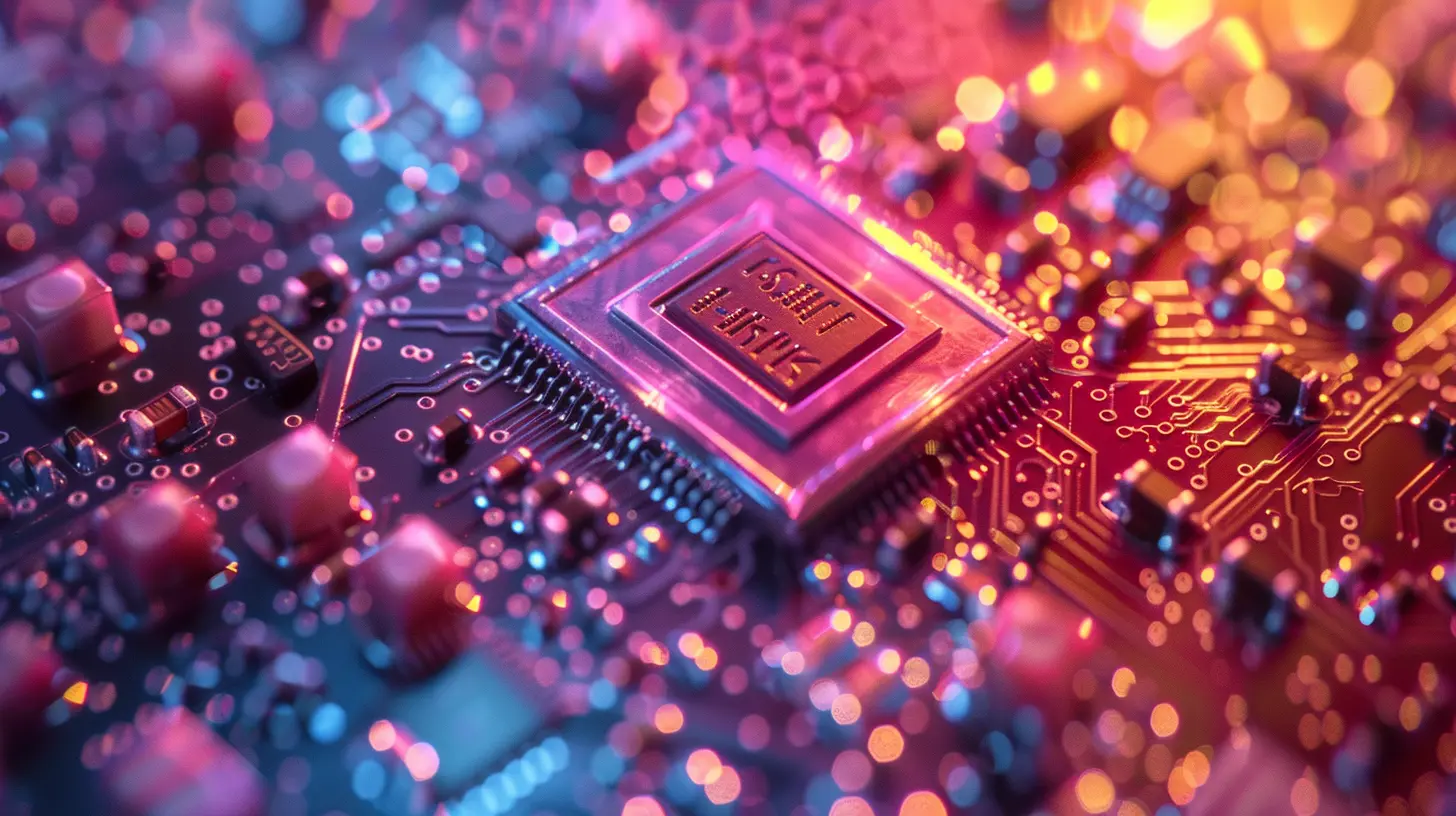Nanotechnology: The Tiny Tech That's Making Big Waves
11 September 2025
Nanotechnology may sound like something straight out of a sci-fi movie, but the reality is that it’s already a part of our daily lives—and it’s making a huge impact. From medicine to consumer electronics, nanotechnology is changing the game, and it’s only just getting started. But what exactly is nanotechnology, and why is it such a big deal? Let’s dive into the world of this tiny tech that’s making big waves.

What is Nanotechnology?
Before we get into the nitty-gritty of how nanotechnology is transforming industries, let’s break down what it actually is. At its core, nanotechnology is the manipulation of matter at an incredibly small scale—specifically, at the nanometer level. To give you some perspective, a nanometer is one-billionth of a meter. Yeah, that’s really small—about 100,000 times thinner than a single strand of human hair!When materials are reduced to the nanoscale, they start to exhibit unique properties that they wouldn’t otherwise have at a larger scale. We’re talking about new chemical reactions, enhanced strength, better conductivity, and even changes in color. This ability to alter properties at such a small level opens the door to a whole new world of possibilities.
The Science Behind Nanotech
Nanotechnology operates on the atomic and molecular level, which involves manipulating individual atoms and molecules to create new materials, devices, and systems. This might sound super complex—and it is—but the basic idea is that when you get down to the nanoscale, things behave differently.For instance, gold nanoparticles don’t look or act like the gold you see in your jewelry. At the nanoscale, gold can appear red or purple and becomes a strong catalyst for chemical reactions. Similarly, materials can become stronger, lighter, or more reactive when reduced to the nanoscale. This is where the magic happens.
A Brief History of Nanotechnology
Although nanotechnology might seem like a modern invention, the concept has been around for a while. Funnily enough, the idea was first introduced by physicist Richard Feynman in 1959 during a talk titled, “There’s Plenty of Room at the Bottom.” He envisioned manipulating individual atoms to build tiny machines, and while it sounded far-fetched at the time, Feynman’s vision laid the groundwork for what would eventually become nanotechnology.It wasn’t until the 1980s, when tools like the scanning tunneling microscope (STM) were developed, that scientists could actually observe and manipulate matter at the nanoscale. From there, nanotechnology began to evolve rapidly, and today, it is a booming field with applications in various industries.

The Impact of Nanotechnology on Different Sectors
Now that we’ve got a handle on what nanotechnology is, let’s explore how it’s being used to revolutionize different industries.1. Nanotechnology in Medicine
When it comes to healthcare, nanotechnology is nothing short of groundbreaking. Imagine tiny robots, called nanobots, that could be injected into your bloodstream to target and destroy cancer cells without harming healthy tissues. Sounds like the plot of a futuristic movie, right? Well, it’s not as far-fetched as it seems.Drug Delivery Systems
One of the most promising applications of nanotechnology in medicine is its potential to improve drug delivery systems. Traditional drug treatments can be inefficient and sometimes cause harmful side effects because they affect both diseased and healthy cells. Nanoparticles can be engineered to deliver drugs directly to specific cells, which means they can target diseases like cancer with precision, minimizing side effects.Diagnostic Tools
Nanotechnology is also paving the way for new diagnostic tools. For instance, nanoparticles can be used to detect diseases at a much earlier stage than currently possible. Early detection could make all the difference in successfully treating conditions like cancer or Alzheimer’s.Regenerative Medicine
In the field of regenerative medicine, nanotech is being used to create scaffolds that help repair or replace damaged tissues. These scaffolds can mimic the natural environment of cells, promoting tissue growth and healing.2. Nanotechnology in Electronics
The tech industry is no stranger to rapid advancements, and nanotechnology is playing a significant role in pushing the boundaries of what’s possible.Smaller, Faster, and More Efficient Devices
We all love our gadgets—smartphones, laptops, tablets—but they could soon become even more powerful thanks to nanotechnology. By using nanomaterials like graphene, we can make transistors—the building blocks of electronic devices—smaller, faster, and more energy-efficient. This means future devices could be much more powerful while consuming less energy. Imagine charging your phone once a week instead of every night!Flexible Electronics
Another exciting development is flexible electronics. Nanotechnology makes it possible to create ultra-thin, bendable displays that can be incorporated into wearable tech or even foldable smartphones. These innovations could change the way we interact with technology in the near future.3. Nanotechnology in Energy
The energy sector is in desperate need of innovation, and nanotechnology is providing some exciting solutions.Solar Power
One of the biggest challenges with solar power is efficiency. Current solar panels can only convert a small percentage of sunlight into usable energy. Nanotechnology is aiming to change that. By using nanomaterials in solar cells, we could dramatically increase the efficiency of solar panels, making renewable energy more accessible and affordable.Energy Storage
Another area where nanotech is making waves is energy storage. Nanomaterials are being used to improve the performance of batteries and supercapacitors, making them store more energy and charge faster. This could be a game-changer for electric vehicles, allowing cars to travel farther on a single charge.4. Nanotechnology in Environment and Sustainability
Nanotechnology isn’t just about fancy gadgets and medical breakthroughs—it’s also helping to create a more sustainable future.Water Purification
Access to clean water is a growing concern in many parts of the world. Nanotechnology offers a potential solution by developing advanced filtration systems that can remove contaminants from water more efficiently than traditional methods. Nanofilters can remove even the smallest pollutants, including bacteria and viruses, making it possible to provide clean drinking water to communities in need.Air Purification
In addition to water purification, nanotech is also being used to improve air quality. Nanomaterials can be incorporated into filters that capture harmful particles, such as smog and other pollutants, from the air. This could help reduce the impact of air pollution on human health and the environment.5. Nanotechnology in Consumer Goods
Nanotechnology is already making its way into everyday products, even if you don’t realize it.Clothing and Textiles
Nanoparticles are being used to create stain-resistant and water-repellent fabrics. Imagine spilling coffee on your shirt and watching it roll off as if nothing happened. No more scrubbing at stubborn stains! Nanotechnology is also being used to create fabrics that are lightweight yet incredibly strong, making them ideal for sportswear or protective gear.Cosmetics
In the beauty industry, nanotech is being used to improve the effectiveness of skincare products. Nanoparticles can help ingredients penetrate deeper into the skin, making lotions and creams more effective. Some sunscreens also use nanoparticles to provide better UV protection without the white residue.
Challenges and Ethical Considerations
While nanotechnology has the potential to revolutionize many industries, it’s not without its challenges. One of the biggest concerns is the potential impact on human health and the environment. Since nanoparticles are so small, they can easily enter the human body or the ecosystem, and we don’t yet fully understand the long-term effects.There are also ethical considerations around the potential for misuse. Could nanotechnology be weaponized? Could it be used for surveillance in ways that infringe on privacy? As with any powerful technology, it’s crucial that we develop guidelines and regulations to ensure it is used responsibly.

The Future of Nanotechnology
It’s clear that nanotechnology is here to stay, and its potential is enormous. As research continues, we can expect to see even more innovative applications across a wide range of industries. From revolutionizing healthcare to creating more sustainable technologies, nanotechnology is poised to change the world as we know it.But the question remains: how far will nanotechnology take us? Will we see tiny robots repairing our bodies from the inside? Will we have smartphones that fold up like paper? While we can’t predict the future with certainty, one thing’s for sure—nanotechnology is a tiny tech that’s making some seriously big waves.
all images in this post were generated using AI tools
Category:
Tech NewsAuthor:

Ugo Coleman
Discussion
rate this article
1 comments
Thalyn McLaughlin
Exciting advancements! Hope for a brighter future!
September 17, 2025 at 2:26 AM

Ugo Coleman
Thank you! We're hopeful too—nanotechnology is truly shaping a brighter future!


